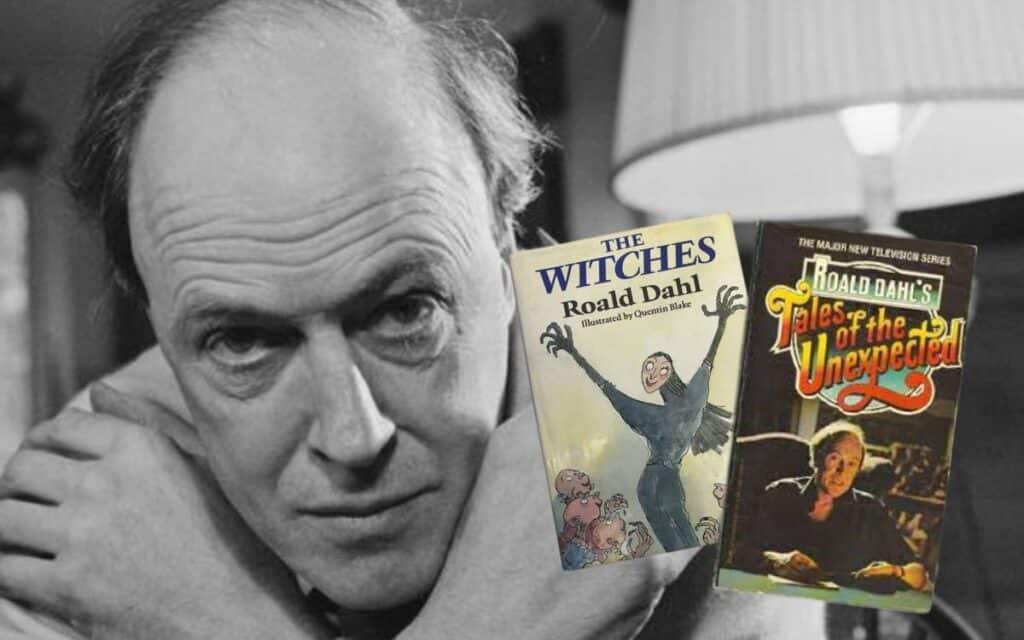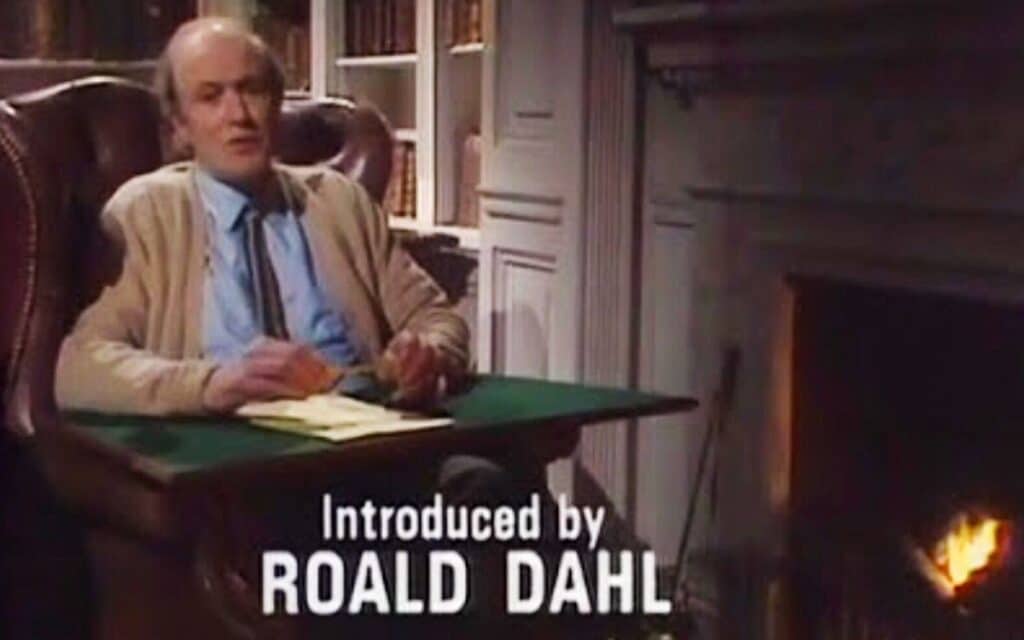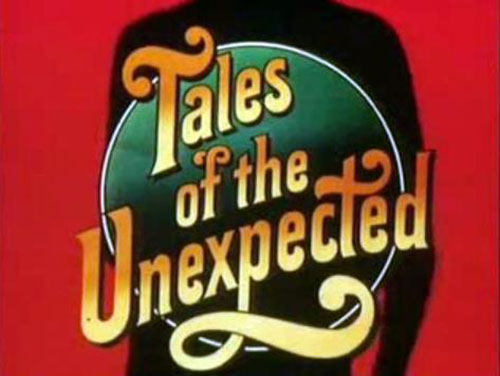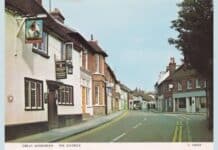We take a look at the horror writing of beloved – and still controversial – author Roald Dahl…

In recent times, Roald Dahl’s books have been criticised for using out-of-date language and ideas.
Some publishers have tried to change or remove problematic parts of his works, while others say it’s important to keep the original text so that people will think critically and talk about it.
In either case, Roald Dahl’s works have a complicated legacy, and the question of how they are received by modern audiences is one that is still being discussed.
Even though it’s important to recognise and deal with problematic content, it’s also important to appreciate what makes Dahl’s writing special and enduring.
So let’s look back at Roald Dahl’s horror stories and answer some questions that might help us understand why we’re still talking about him 30 years after he died…
Who was Roald Dahl, and what was his background?
Roald Dahl was a British novelist, short story writer and screenwriter. He was born in Wales in 1916, and grew up in England. Dahl’s works for children include Charlie and the Chocolate Factory, The Witches, Matilda, and The BFG, but he also wrote numerous horror stories for adults.
What are some of Dahl’s most famous horror stories, and what are they about?
Some of Dahl’s most famous horror stories include The Landlady, Lamb to the Slaughter, The Way Up to Heaven, William and Mary, and Royal Jelly. These stories often involve darkly comedic situations, unexpected plot twists, and elements of horror and suspense.
What inspired Dahl to write horror stories?
Dahl’s experiences during World War II, including his time as a fighter pilot, influenced his writing, and he often drew upon real-life events in his horror stories. Additionally, Dahl had a fascination with the macabre and often found inspiration in tales of the unexpected.
His experiences during the war, including surviving several plane crashes, witnessing death and destruction, and participating in secret missions, often found their way into his writing, particularly his horror stories. These experiences provided him with a unique perspective on the fragility of life and the darker aspects of human nature.
Dahl’s personal life and experiences, including his time in the military and his own health struggles, often found their way into his horror stories. He was also known for his fascination with the macabre and the unusual, which inspired many of his more unsettling tales.
What was the reception to Dahl’s horror stories during his lifetime?
Roald Dahl’s horror stories were generally well-received during his lifetime, although some critics found them to be too macabre and disturbing for the general public. However, many readers appreciated Dahl’s dark humour and his ability to create suspenseful and terrifying stories. A anthology television based on his work called Tales of the Unexpected – later renamed titled Roald Dahl’s Tales of the Unexpected – ran on ITV from 1979 to 1988.
How do Dahl’s horror stories compare to other authors in the horror genre?
Dahl’s horror stories are often characterised by their unique blend of horror, humour, and irony, which sets them apart from other authors in the genre. His stories are also known for their unexpected plot twists and surprising endings.
How did Dahl’s style and tone in his horror stories differ from his other works?
Dahl’s horror stories often featured a darker, more macabre tone than his children’s books or other works of fiction. He was also known for his use of irony and dark humour to heighten the tension and suspense in his stories.
What are some common themes in Dahl’s horror stories?
Common themes in Roald Dahl’s horror stories include mortality, the strange, and the unexpected. Many of his stories also explore the darker aspects of human nature, including greed, envy, and obsession.

How did Dahl’s horror stories change over time?
Dahl’s horror stories evolved over time, becoming increasingly complex and nuanced in their exploration of the human psyche. He also experimented with new styles and techniques, incorporating elements of science fiction and fantasy into his later works.
What is Dahl’s legacy as a horror writer, and how does it continue to impact readers today?
Dahl’s horror stories continue to be popular with modern readers and critics, who appreciate his unique blend of horror, humour, and irony. His stories are also valued for their incisive social commentary and their exploration of the darker aspects of human nature.
His unique style and approach to horror have helped to shape the genre, and his stories continue to challenge readers to confront their fears and anxieties in a safe and controlled setting.
Tell us your thoughts about Roald Dahl’s horror writing in the comments section below!




